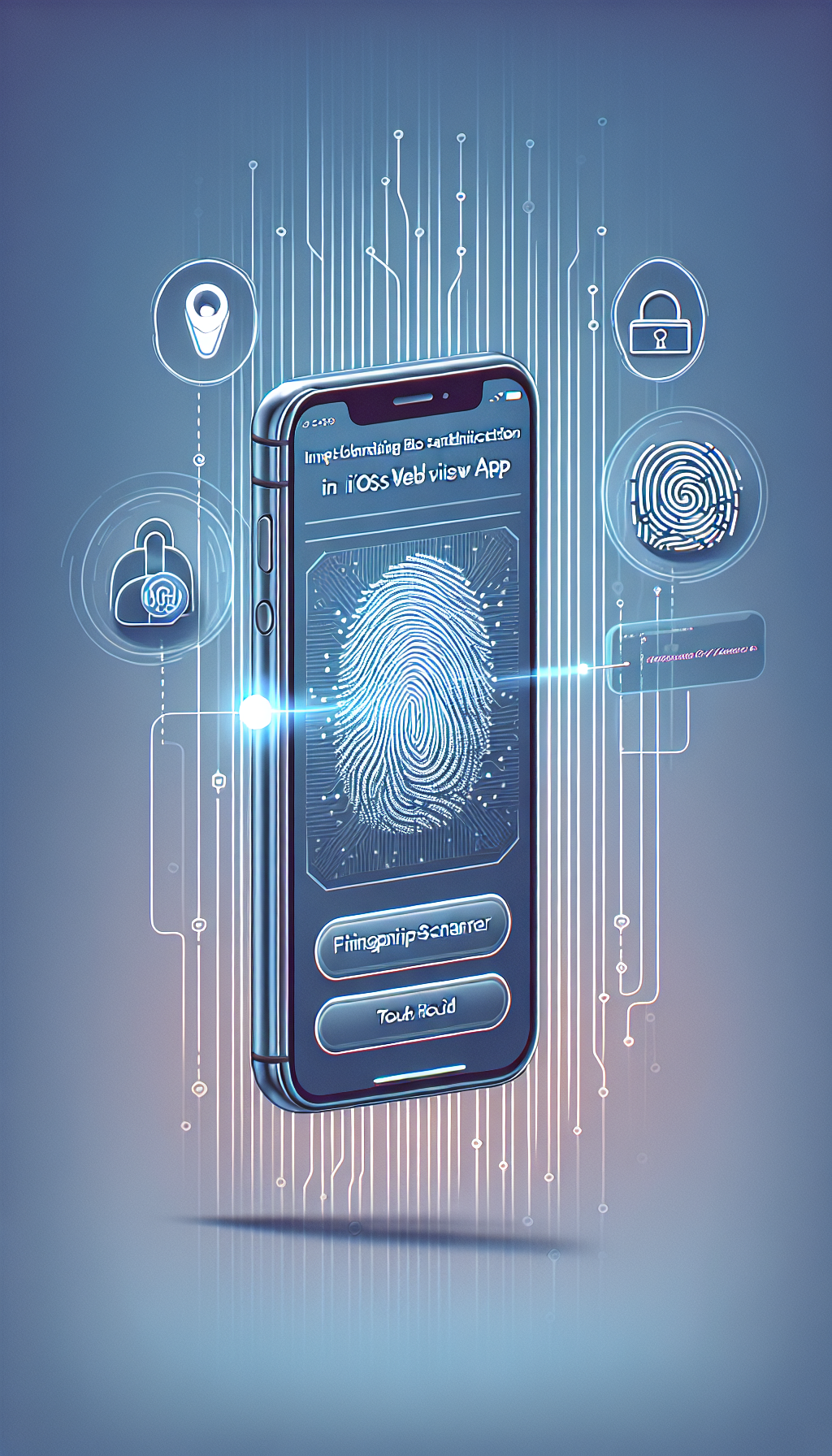
In today’s ever-evolving digital landscape, security and user convenience remain key factors in determining the success of any application. For developers who wish to elevate the security standards of their iOS WebView apps, bio authentication features like Face ID and Touch ID offer unmatched reliability and convenience. Implementing these biometric authentication methods not only enhances your app’s security, but it also significantly improves the user experience by offering quicker access without compromising protection.
Why Bio Authentication Is Essential in Your iOS WebView App
Biometric authentication, including Face ID and Touch ID, leverages advanced technology embedded within modern iOS devices. Unlike traditional authentication methods such as passwords or PIN codes, biometric authentication eliminates the need for users to memorize and manage complex login information. Instead, users can simply use their facial features or fingerprints, adding extra layers of convenience and security into your app.
Moreover, biometric identifiers are unique for each user, making them extremely difficult to duplicate or fake. This significantly reduces the risk of breaches while offering a seamless authentication experience. For iOS WebView apps, which typically serve as interfaces between websites and native mobile applications, integrating such biometric authentication provides higher levels of trust and engagement from users.
Steps to Integrate Face ID and Touch ID in Your iOS WebView App
Integrating bio authentication is straightforward with Apple’s LocalAuthentication framework. Here are simplified steps to follow:
Step 1: Import LocalAuthentication Framework
First, include Apple’s LocalAuthentication framework by importing it into your Swift code:
import LocalAuthentication
Step 2: Check Device Compatibility
Next, you should verify if the device supports biometric authentication (Face ID or Touch ID):
let context = LAContext()
var authError: NSError?
if context.canEvaluatePolicy(.deviceOwnerAuthenticationWithBiometrics, error: &authError) {
// Biometric authentication is available
} else {
// Biometric authentication unavailable, handle accordingly
}
Step 3: Authenticate the User
Require biometric verification when loading sensitive content or actions within your WebView app:
context.evaluatePolicy(.deviceOwnerAuthenticationWithBiometrics, localizedReason: Log in securely) { success, error in
DispatchQueue.main.async {
if success {
// Authentication succeeded, grant access
} else {
// Authentication failed, handle the error or deny access
}
}
}
Enhancing User Experience through Biometric Integration
Implementing biometric solutions greatly enhances user satisfaction. Users appreciate streamlined processes and time-saving features when interacting with apps. Not only will your app deliver a secure environment, but the quick authentication process encourages frequent utilization and fosters user loyalty.
A Convenient Way to Convert Your Website into an App: WebViewGold for Android
If you are considering quickly converting your websites into mobile applications, tools such as WebViewGold can significantly simplify the process. While we focus on iOS WebView apps and biometric authentication in this post, it’s worth noting that WebViewGold allows seamless conversion of websites into responsive Android apps as well, streamlining development and significantly accelerating your app creation journey across multiple platforms.
Final Thoughts
Bio authentication in your iOS WebView app delivers both enhanced security and greater user convenience. Leveraging Face ID or Touch ID through frameworks like Apple’s LocalAuthentication promotes deeper engagement from users and safeguards sensitive data. Moreover, exploring frameworks like WebViewGold can facilitate quick and easy cross-platform app creation, complementing your efforts in delivering a secured, effective, and convenient digital solution.

Leave a Reply